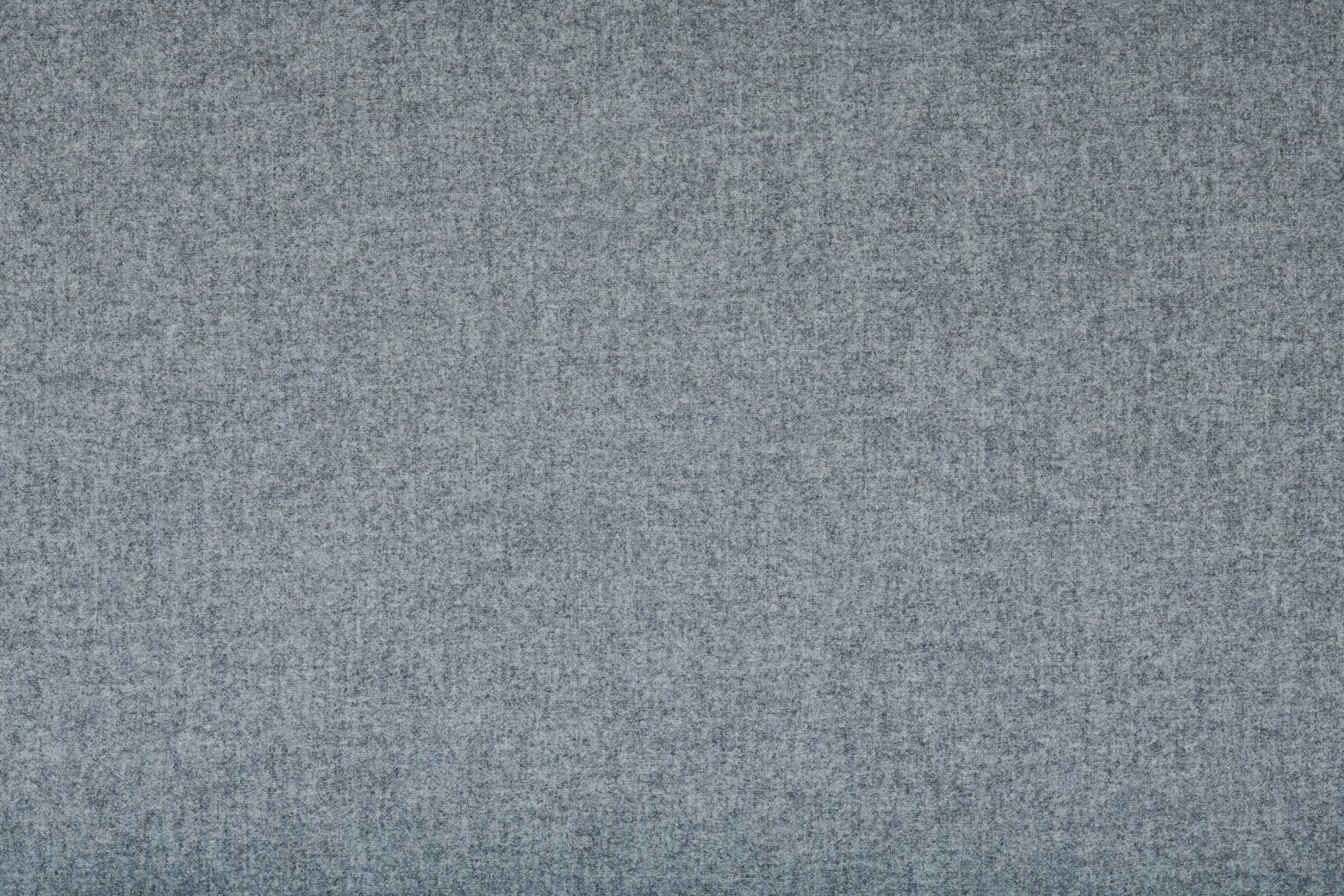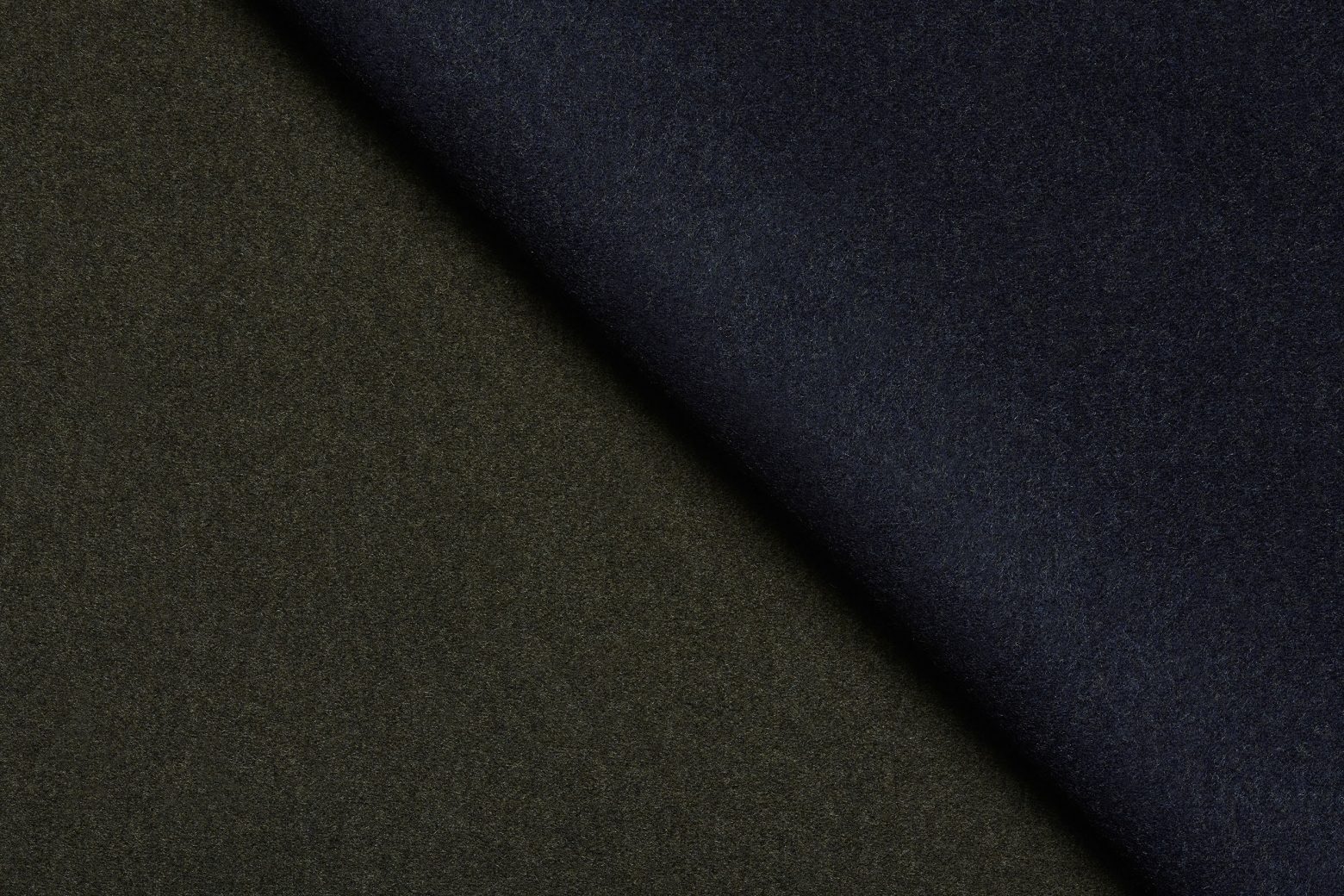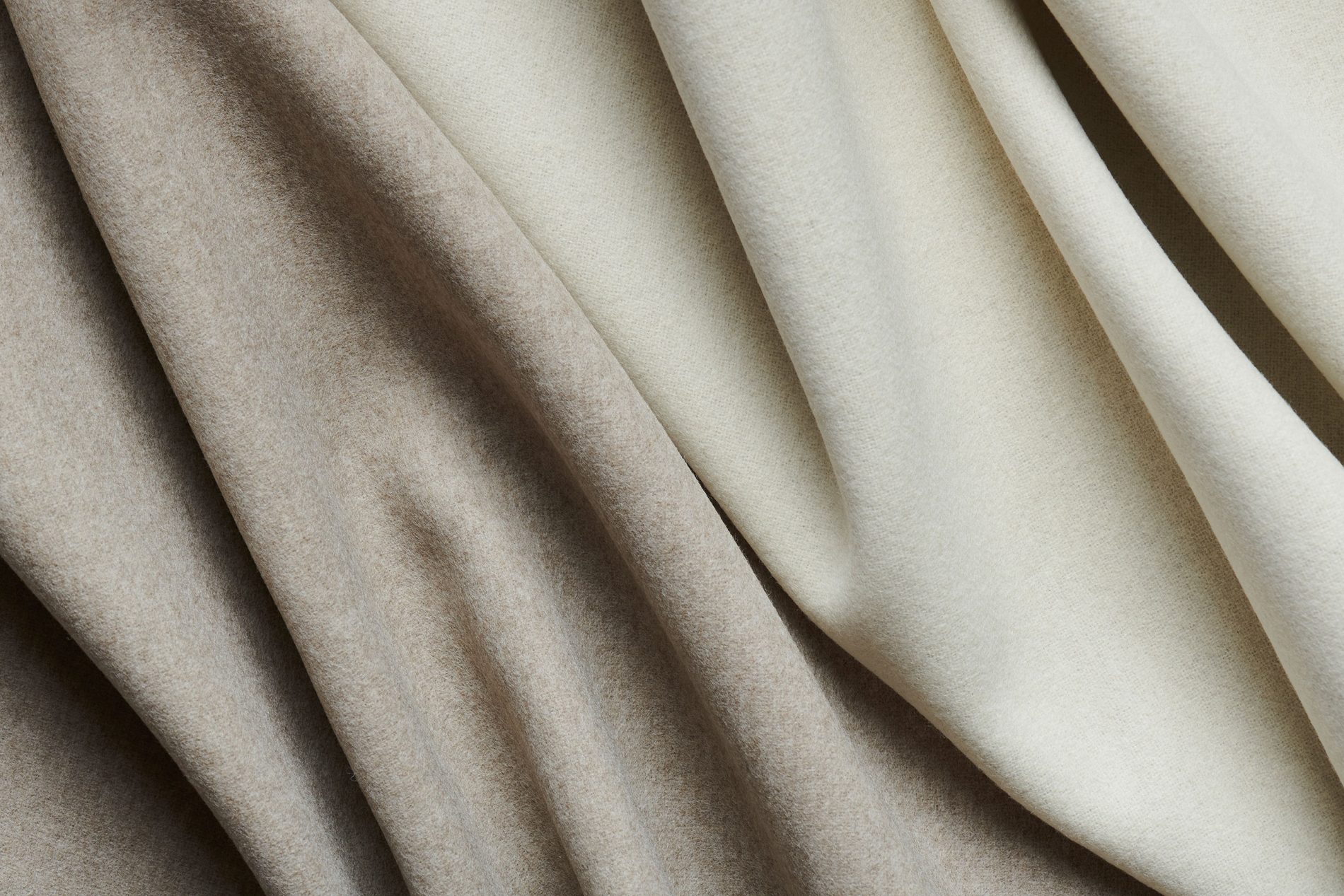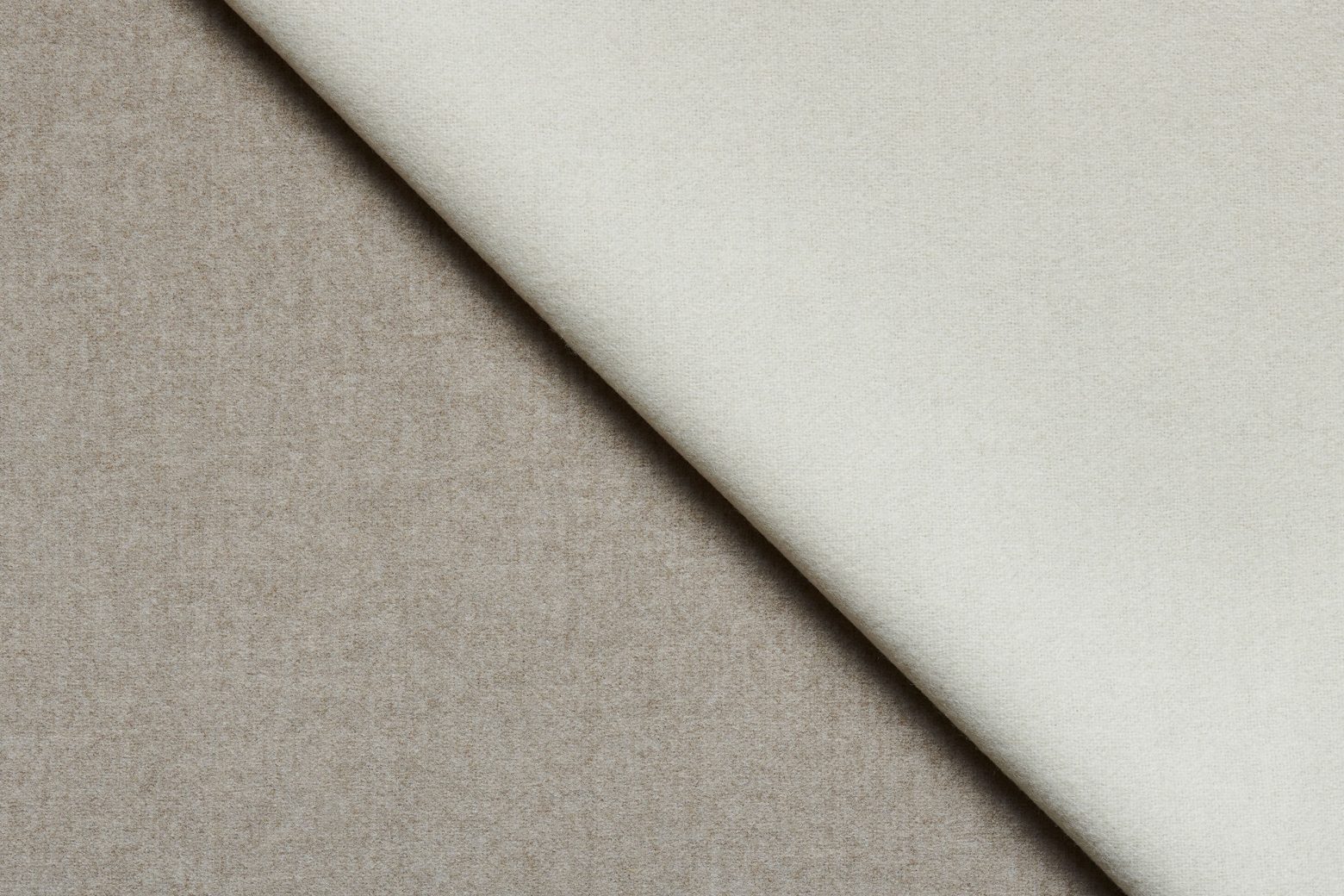Additional information
Merino wool’s overall natural stain and soil resistance is significantly better than that of cotton or synthetic fibres. It has a natural protective layer that is bonded to the surface and can therefore not easily be removed. These overlapping scales are slow to absorb liquids and thus allow spills to be wiped off before permanent staining occurs. Merino wool only generates very little static electricity and does not attract dirt or lint as most commonly used textile fibres. Further information can be found in our stain removal guide for interior fabrics.
A further quality feature of Merino wool is its ability to absorb, store and release humidity in the atmosphere depending on the internal and external environment. Achieving optimal moisture conditions within a room is a key factor of comfort and wellbeing.
Wool acts as a buffer with respect to moisture absorption and thus helps maintain consistent humidity levels indoors. Merino wool can absorb up to one third of its own dry weight without feeling damp or clammy.
Polluted indoor air can lead to discomfort, reduced efficiency or even chronic insomnia. Air pollution can be caused by the use of air conditioning systems, evaporation from certain building materials and furniture or combustion processes.
Merino wool can absorb molecules from pollutants such as formaldehyde, nitrogen oxides and sulphur dioxide. Furthermore, wool does not re-emit these noxious gases. It is estimated that wool purifies indoor air for up to 30 years.
Merino wool’s overall natural stain and soil resistance is significantly better than that of cotton or synthetic fibres. It has a natural protective layer that is bonded to the surface and can therefore not easily be removed. These overlapping scales are slow to absorb liquids and thus allow spills to be wiped off before permanent staining occurs. Merino wool only generates very little static electricity and does not attract dirt or lint as most commonly used textile fibres. Further information can be found in our stain removal guide for interior fabrics.
A further quality feature of Merino wool is its ability to absorb, store and release humidity in the atmosphere depending on the internal and external environment. Achieving optimal moisture conditions within a room is a key factor of comfort and wellbeing.
Wool acts as a buffer with respect to moisture absorption and thus helps maintain consistent humidity levels indoors. Merino wool can absorb up to one third of its own dry weight without feeling damp or clammy.
Polluted indoor air can lead to discomfort, reduced efficiency or even chronic insomnia. Air pollution can be caused by the use of air conditioning systems, evaporation from certain building materials and furniture or combustion processes.
Merino wool can absorb molecules from pollutants such as formaldehyde, nitrogen oxides and sulphur dioxide. Furthermore, wool does not re-emit these noxious gases. It is estimated that wool purifies indoor air for up to 30 years.














Leichtfried mainly uses extra fine Australian Merino wool to ensure they maintain their oustanding quality and durability.
Founded in 1884 the Leichtfried woollen mill is specialized in the production of high-quality woollen cloth and Loden fabrics.
The entire production process is in our hands. This ensures that every metre of loden leaving our production represents highest quality.
Leichtfried mainly uses extra fine Australian Merino wool to ensure they maintain their oustanding quality and durability.
Founded in 1884 the Leichtfried woollen mill is specialized in the production of high-quality woollen cloth and Loden fabrics.
The entire production process is in our hands. This ensures that every metre of loden leaving our production represents highest quality.
















